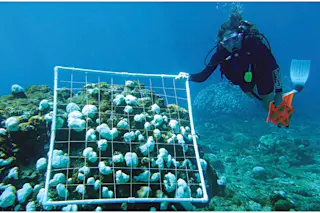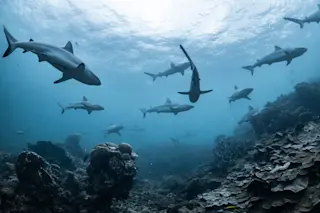Editor’s note: This article originally appeared in the January 1996 Discover.
Around midnight on January 27, 1700, Japan’s Pacific coast had an unwelcome visitor. The wintry seas suddenly rose seven feet and more and stayed that way for many hours, washing through houses and flooding rice paddies up and down the coast. The ocean’s long heave was a tsunami—a wave triggered by a seafloor earthquake—but it was modest compared with others in the Japanese records, and the quake itself wasn’t felt in Japan. This past year Kenji Satake of the Geological Survey of Japan reported that he’d figured out why: the Japanese tsunami of 1700, he said, was but a faint signal from a giant earthquake that occurred ten hours earlier and 5,000 miles away in the Pacific Northwest. The farflung wave implies that the quake was one of the largest ever—a magnitude 9 event that must have rocked the ...














